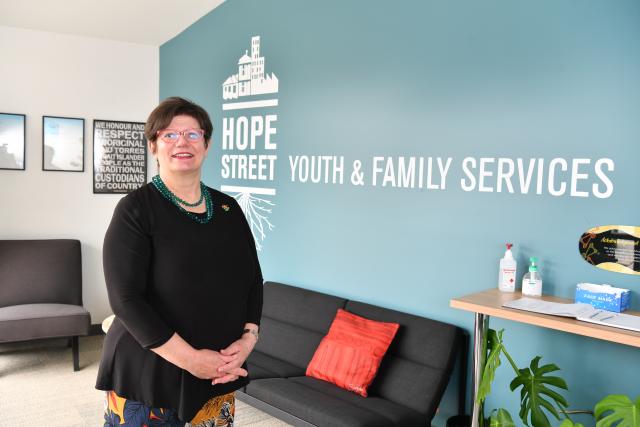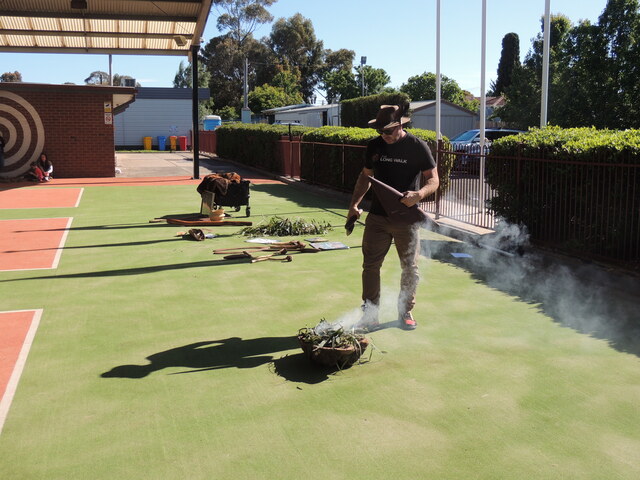Young people are the hidden story of the housing crisis, according to an annual report from leading Melton youth homelessness service Hope Street.
According to the report young people make up 25 per cent of the homeless population in Victoria. Australia wide 37.4 per cent of people experiencing homelessness are under the age of 24, including children. In Victoria youth homelessness rose 29 per cent in a decade.
Hope Street chief executive Donna Bennet said this is an unacceptable social situation in Australia.
“Victoria’s commitment to crisis response services with Hope Street provides a nation leading response, but the impact could be greater with a bold federal government youth housing reform and national legislation with dedicated resourcing to address youth homelessness,” she said.
The annual report details how the hidden crisis of child and youth homelessness is primarily experienced by young people couch surfing and living in overcrowded dwellings after family violence, extreme disadvantage and poverty.
A lack of affordable housing available to young people trying to enter the rental market has meant that front-line service responses are seeing a 150 per cent growth rate in homelessness for people under 24.
Hope Street provides a successful first response youth service for young people and young families who need a safe place with specialist and responsive assistance in Melton, and is currently planning on expanding it into Whittlesea.
The construction of state of the art therapeutically designed service in Whittlesea is expected to be completed in mid-2024 pending further support from the federal government.
Ms Bennet said the life-long impact of homelessness on a young person is reduced by early intervention support services and foundations to improve access to sustainable housing.
“We need reform that is enshrined in legislation that protects vulnerable young people,” she said. “This situation has not occurred overnight, this is the result of decades of neglect on social policy direction that has failed young people experiencing disadvantage.”







